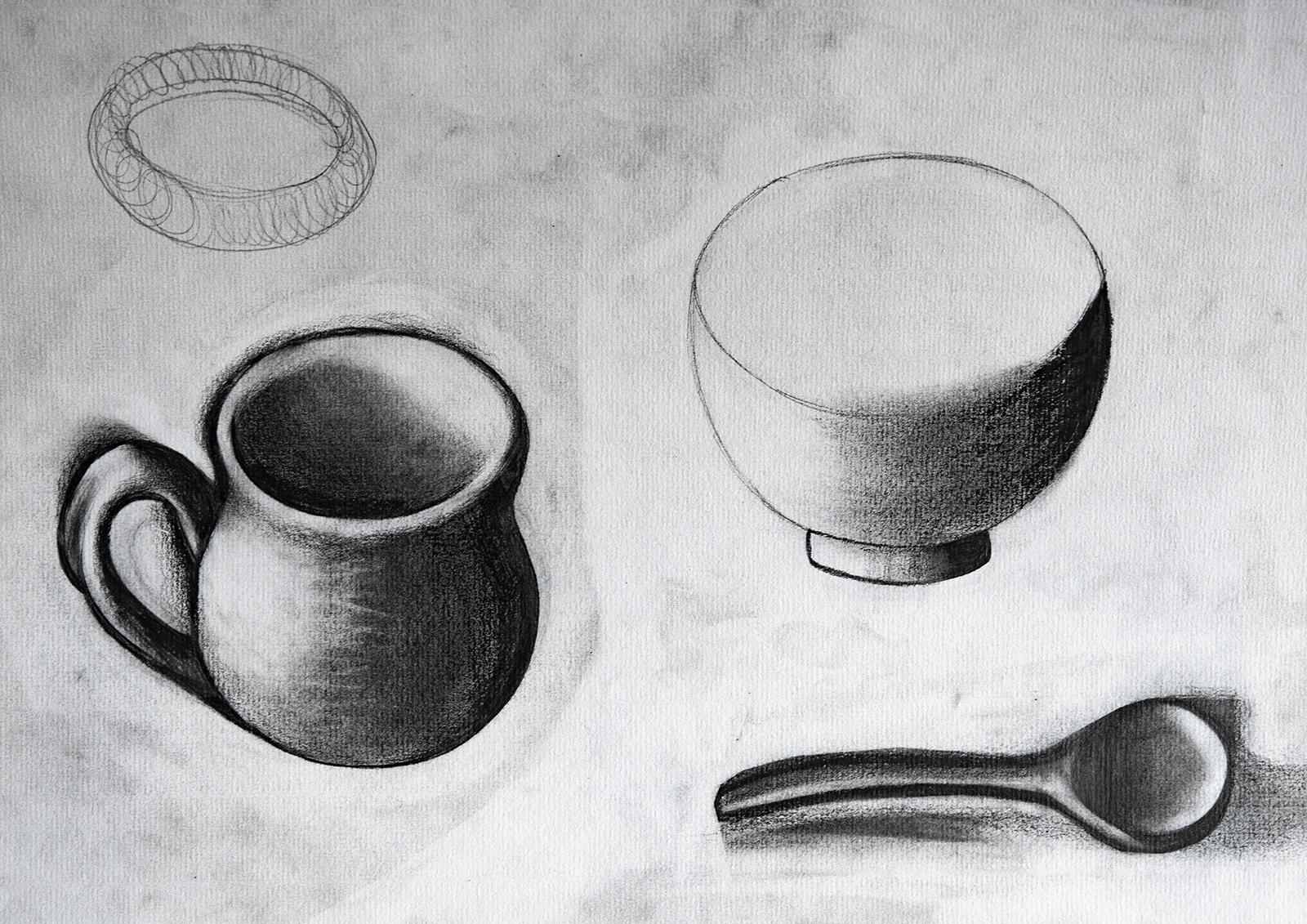Case study:
evolution of a grade 6 student
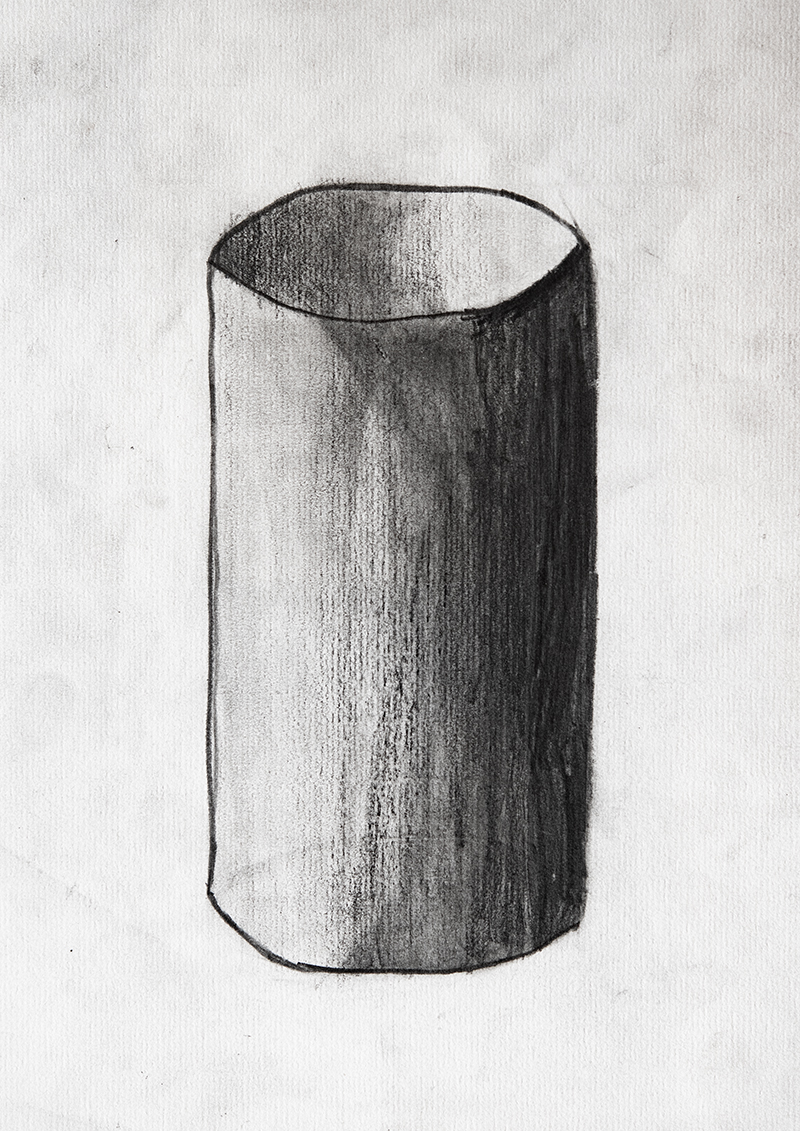
Teaching visual arts presents many challenges, as it requires students to develop not only technical skills but also aesthetic sensitivity, observational ability, and an understanding of space and form.
For this reason, it is essential that the learning process is built on solid foundations, starting with simple and targeted exercises and gradually introducing new difficulties and more complex contexts.
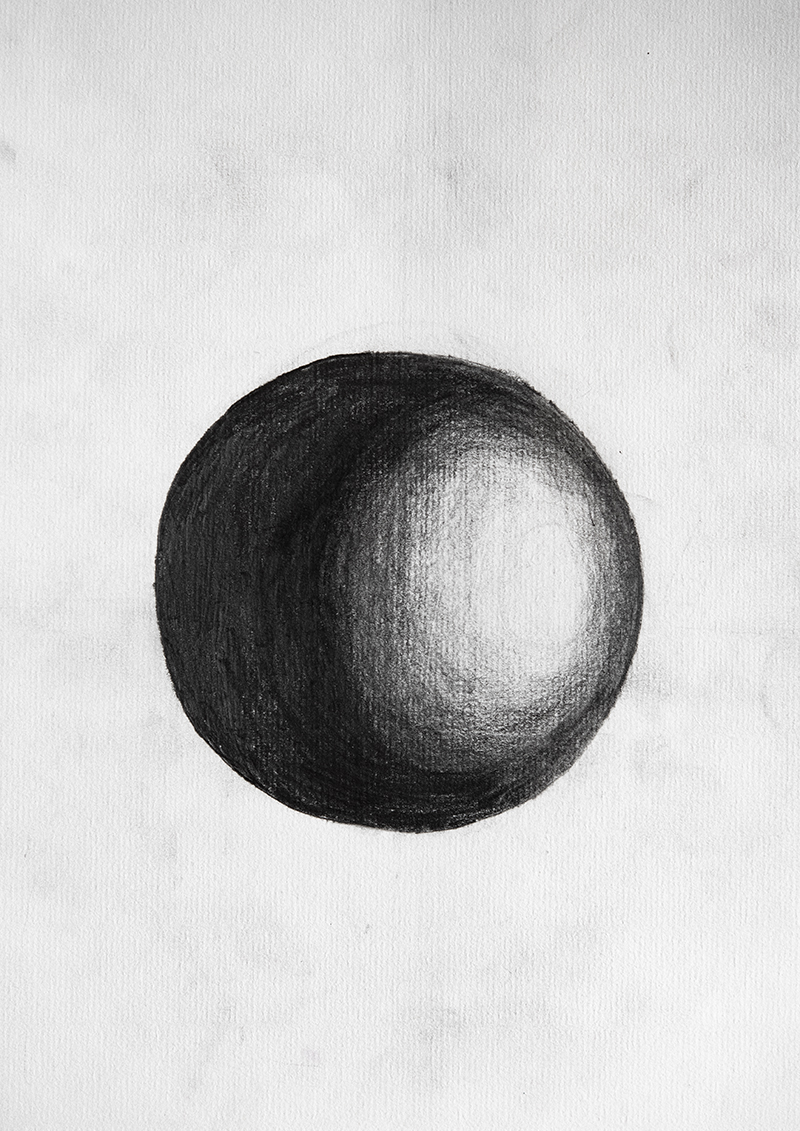
In this specific case, it is clear how the student progressively improves, refining not only their strokes and shading but also their ability to manage perspective and proportions.
Each exercise represents a step forward in building their artistic awareness, allowing them to gain greater confidence and precision in execution.
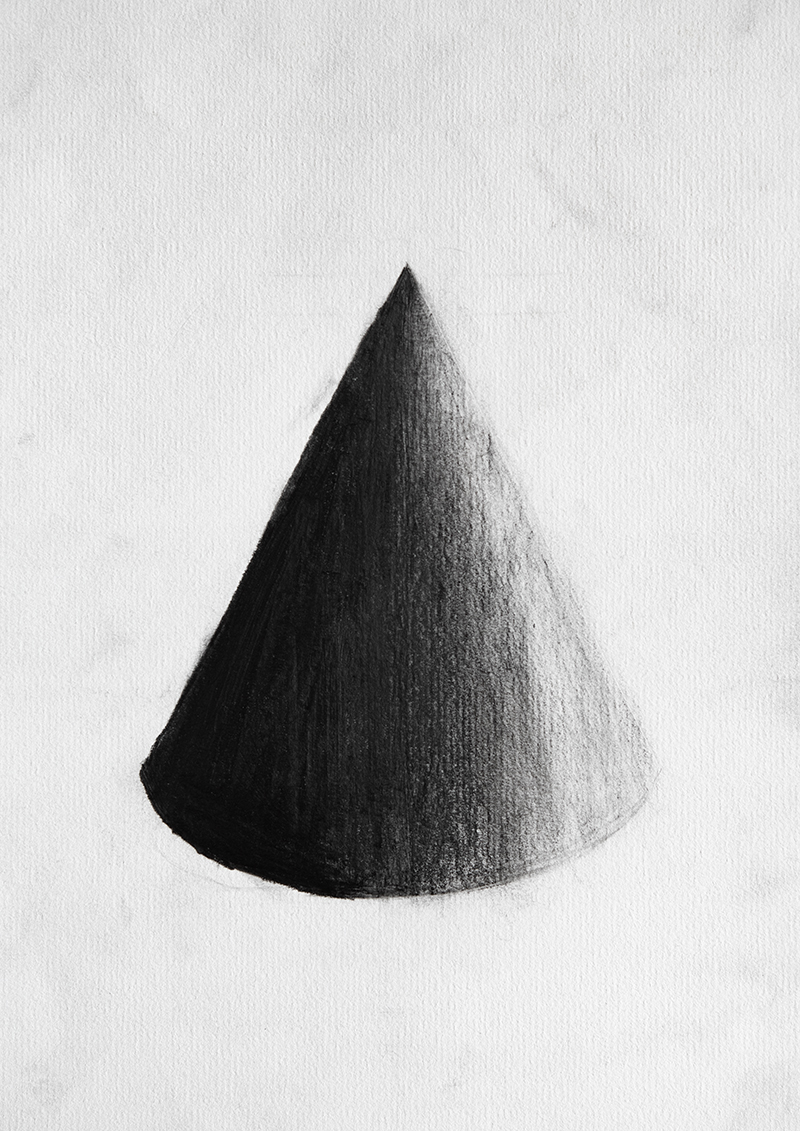
I chose to present this case study because I consider the growth path of this middle school student exemplary. Thanks to consistent effort, they have made significant progress throughout the school year.
The purpose of these exercises, is to have a first approach to form through basic solids.
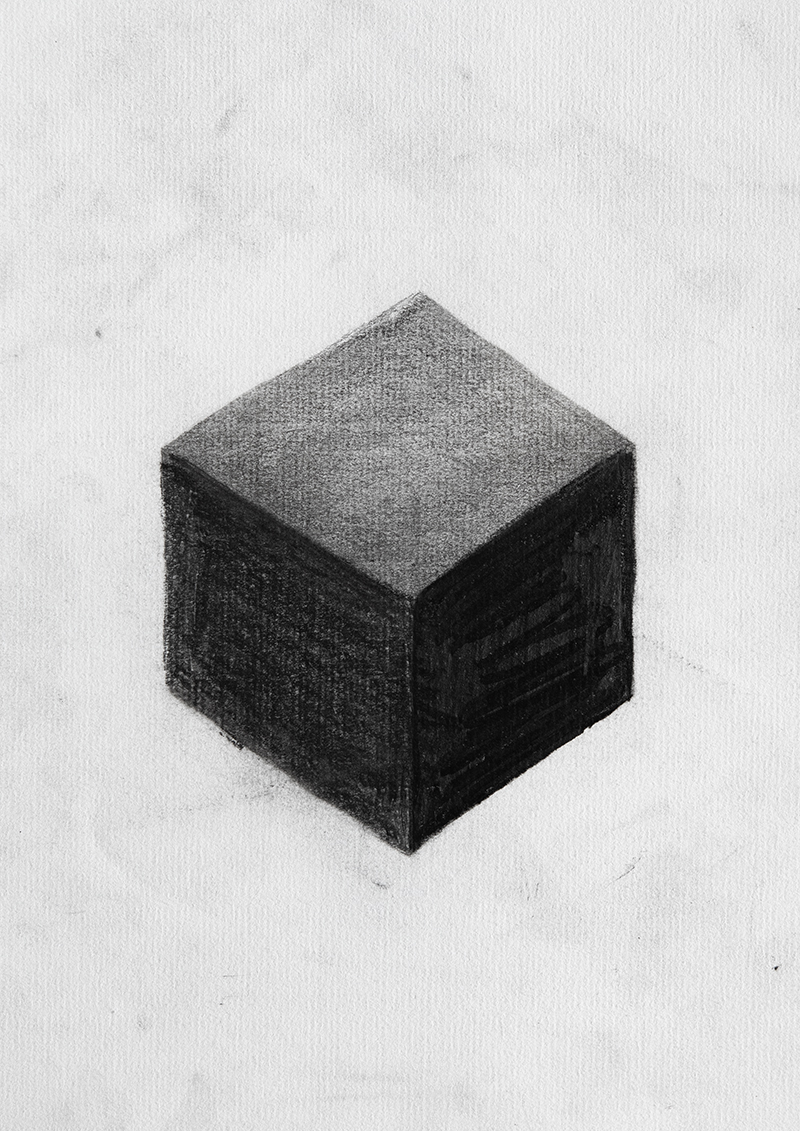
Here students learn to render chiaroscuro effects through the representation of shading, loosening their wrists through controlled and searching gestures.
They consequently learn to represent objects through the use of tonal contrasts by striving to eliminate lines and contours as Renaissance artists did.
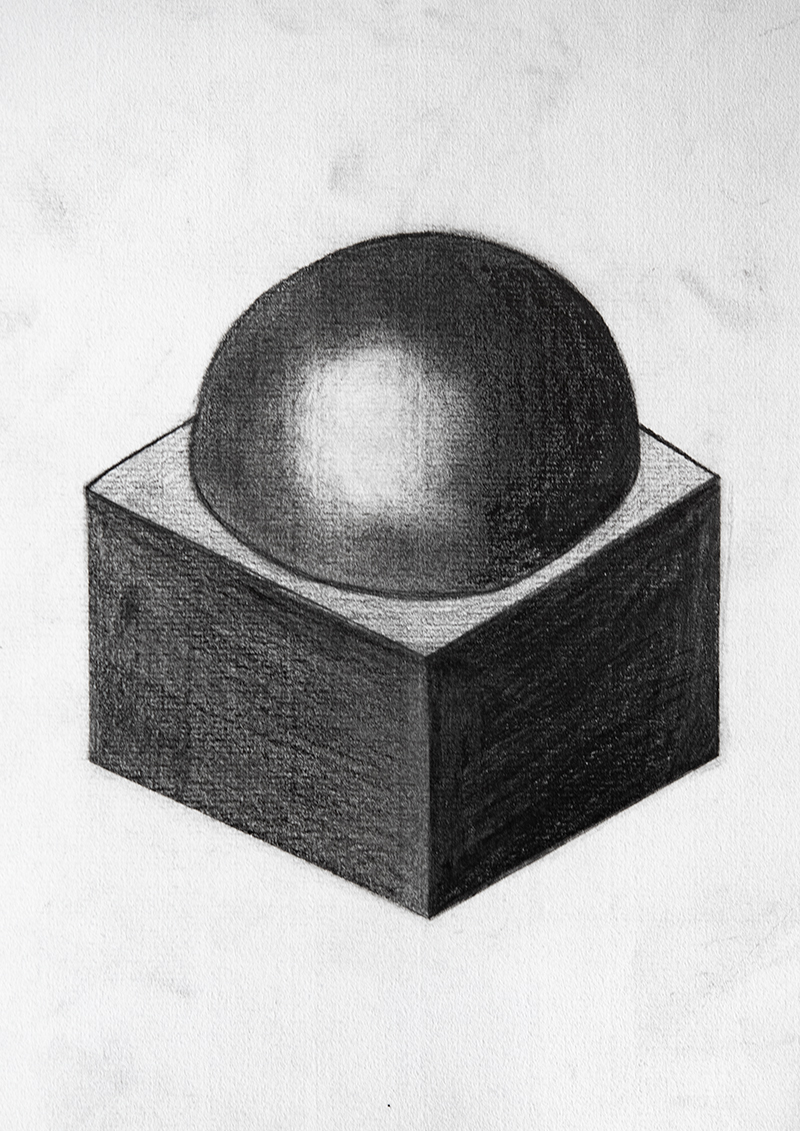
At the end of each series of formative lessons, students can then demonstrate and apply what they have learned through one or two summative lessons. In this case, two shapes are to be applied: sphere and cube.
Students must reason about the direction of the light source, understand instinctively how to render the effects of light and shadow and finally apply the use of perspective empirically.
In this way, students can then learn how to perceive space and three-dimensional effects.
These kinds of exercises are great for middle school students, because once they have mastered these concepts, they can launch into more complex situations.
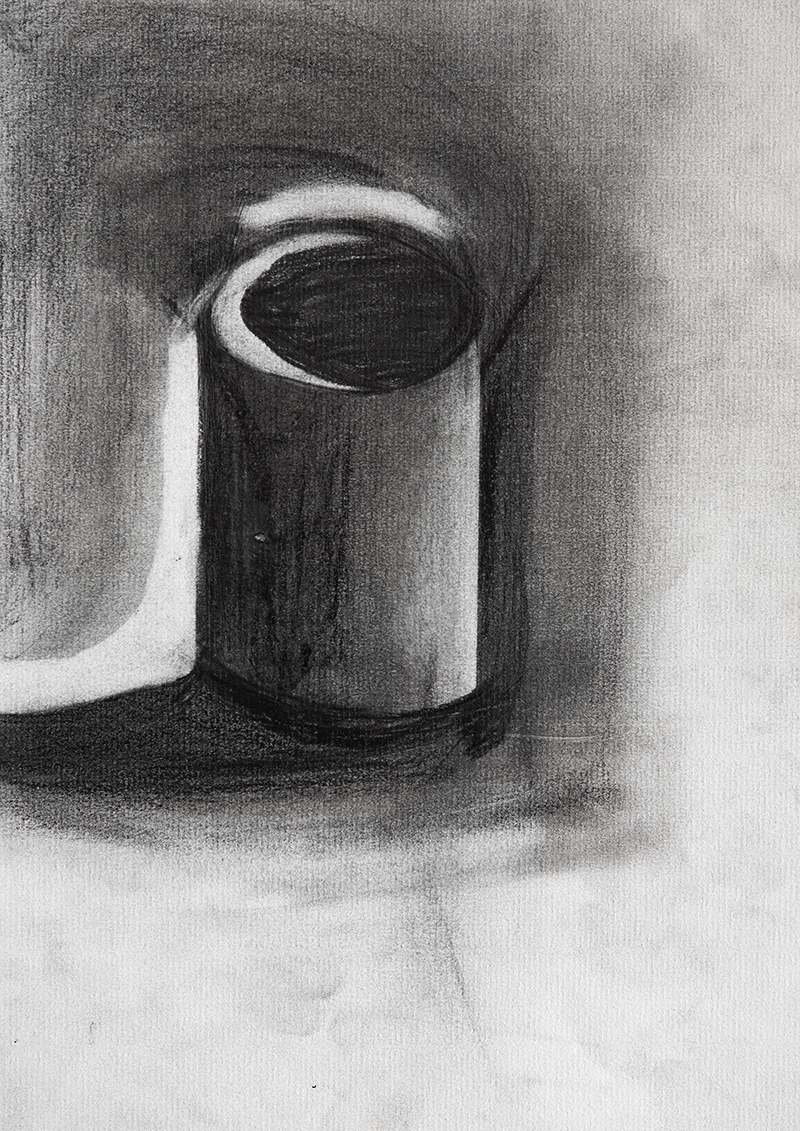
In fact, the next step is to copy an object from reality, and then students can apply what they learned in previous lessons, with the difference that now they have to do it by observing reality.
These are middle school students, I think it is not necessary for them to do perfect work, for me as a teacher it is important that students do the exercises without fear, instinctively in such a way that I can then guide them through targeted feedback to observe the details more accurately and precisely.
It is also interesting to note from this work, how sixth grade students, are still in a childlike world trying to overcome the limitations that take them into the adult world.
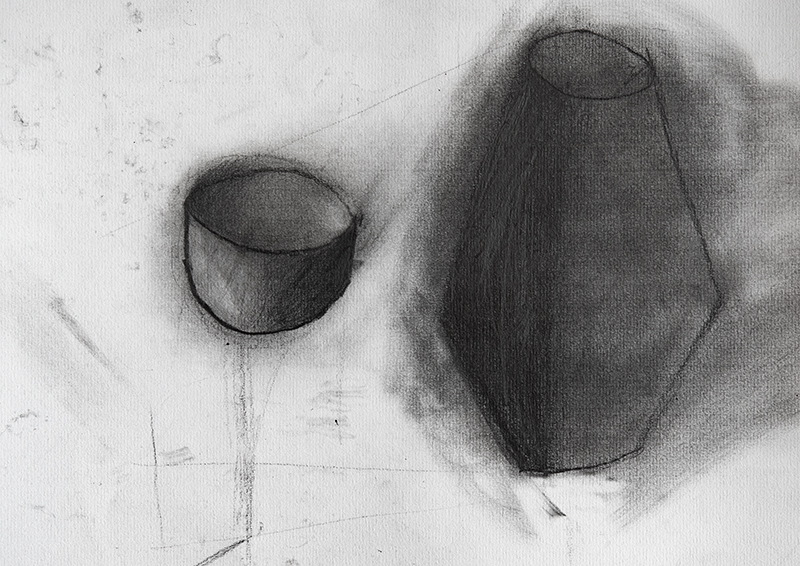
The next exercise is to have students choose different objects so that, in addition to drawing, they must also reason about the various compositional aspects of a picture.
By composition aspects, it means that students have to choose objects that can generate different kinds of contrasts such as large/small, high/low, wide/ narrow, round/sharp, etc…
Obviously, the intent is that students can work in groups and then discuss their considerations.
Here the student, was no longer able to produce a drawing because he demonstrates difficulties in handling space from copying from life.
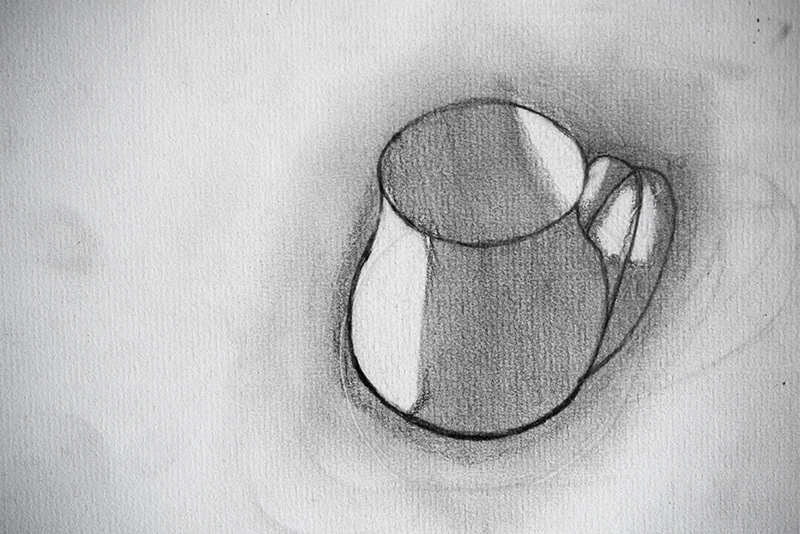
Some improvement can be seen here, interesting how he can represent perspective instinctively and all in all go into detail.This student's problem was not the difficulty in copying the single object, but in reasoning about a composition of multiple objects.
This is because when representing multiple objects, perspective and spatial representation also become more complex.
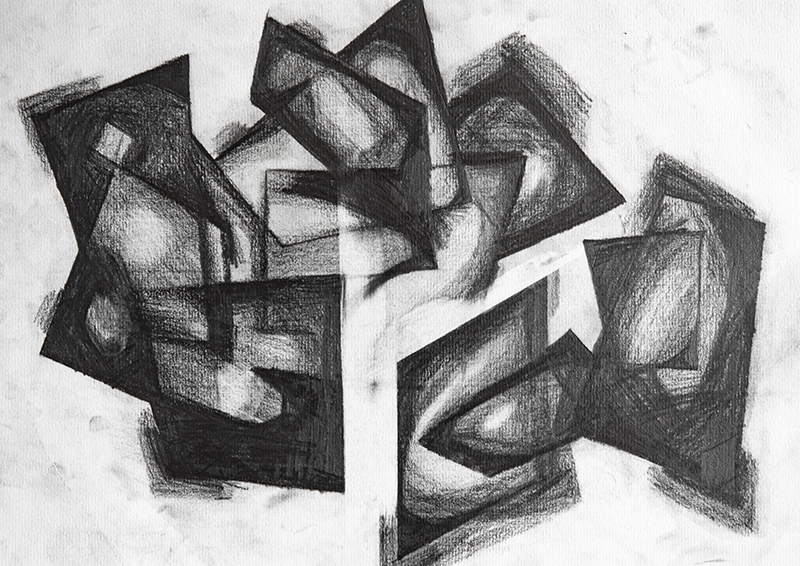
He was not the only student to exhibit these difficulties, so I assigned the class a series of abstract exercises to be carried out through the use of shading and chiaroscuro effects.
The purpose of these exercises is to push students to realize, through abstract geometric shapes, the feeling of rhythm, contrasts of dimensional scale, and effects of light and shadow, all within a balanced and equilibrated composition.
In this way, students can also approach abstract art and can develop creativity by getting used to creating interesting images through simplicity.
In this work, the student failed to establish a good relationship between the figures and the background, and the shading is qualitatively poor.
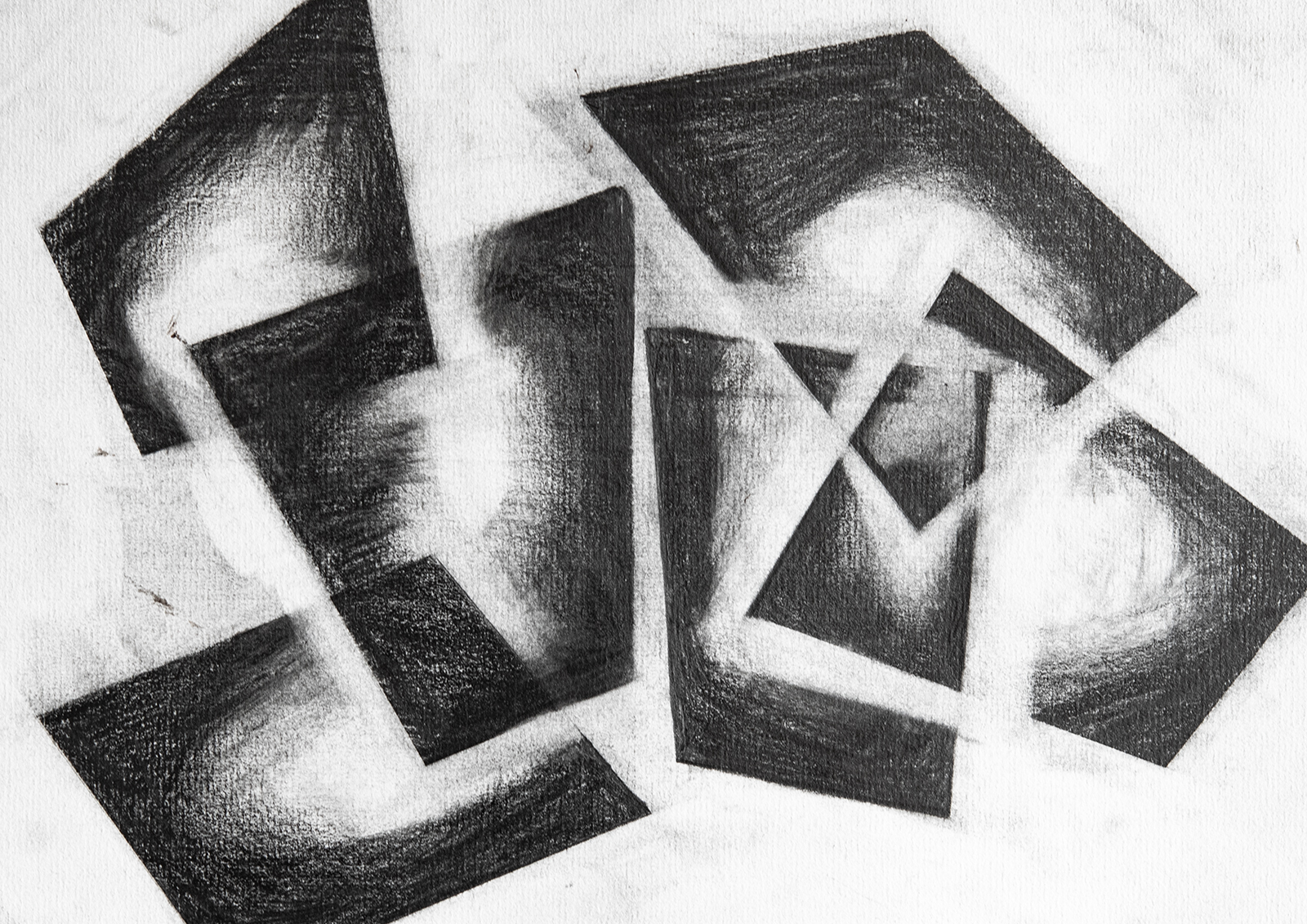
In performing these exercises, students must learn to distort space, use imagination, and confer rhythm and brightness to a work of art.
As in previous exercises, they must strive to eliminate lines and contours to employ only chiaroscuro contrasts.
It is interesting to note that the student in this drawing demonstrates a better sense of space, gestures, and the shading is more accurate.
In addition to the realization of rhythm, lighting effects and spatial distortion, students must also find original ways to connect geometric shapes and produce transparency effects.
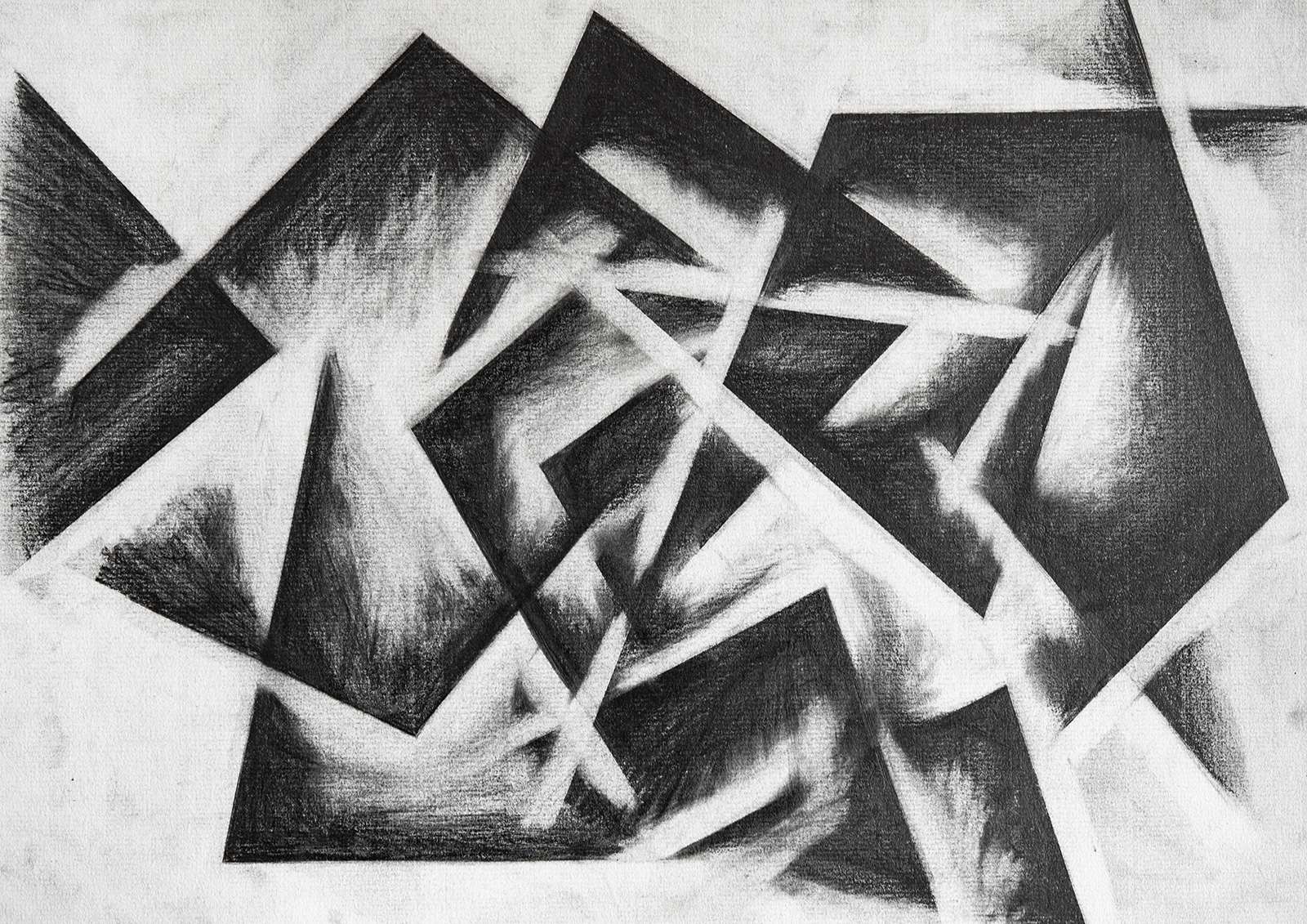
While the previous exercise consisted of combining square shapes, in the next step, triangular shapes will be used.
It is interesting to note how the two exercises are expressed differently through the use of two different types of shapes.
Furthermore, looking at this exercise and the previous one, one can see how the shapes tend to converge toward the cone, the cube and partly the sphere.
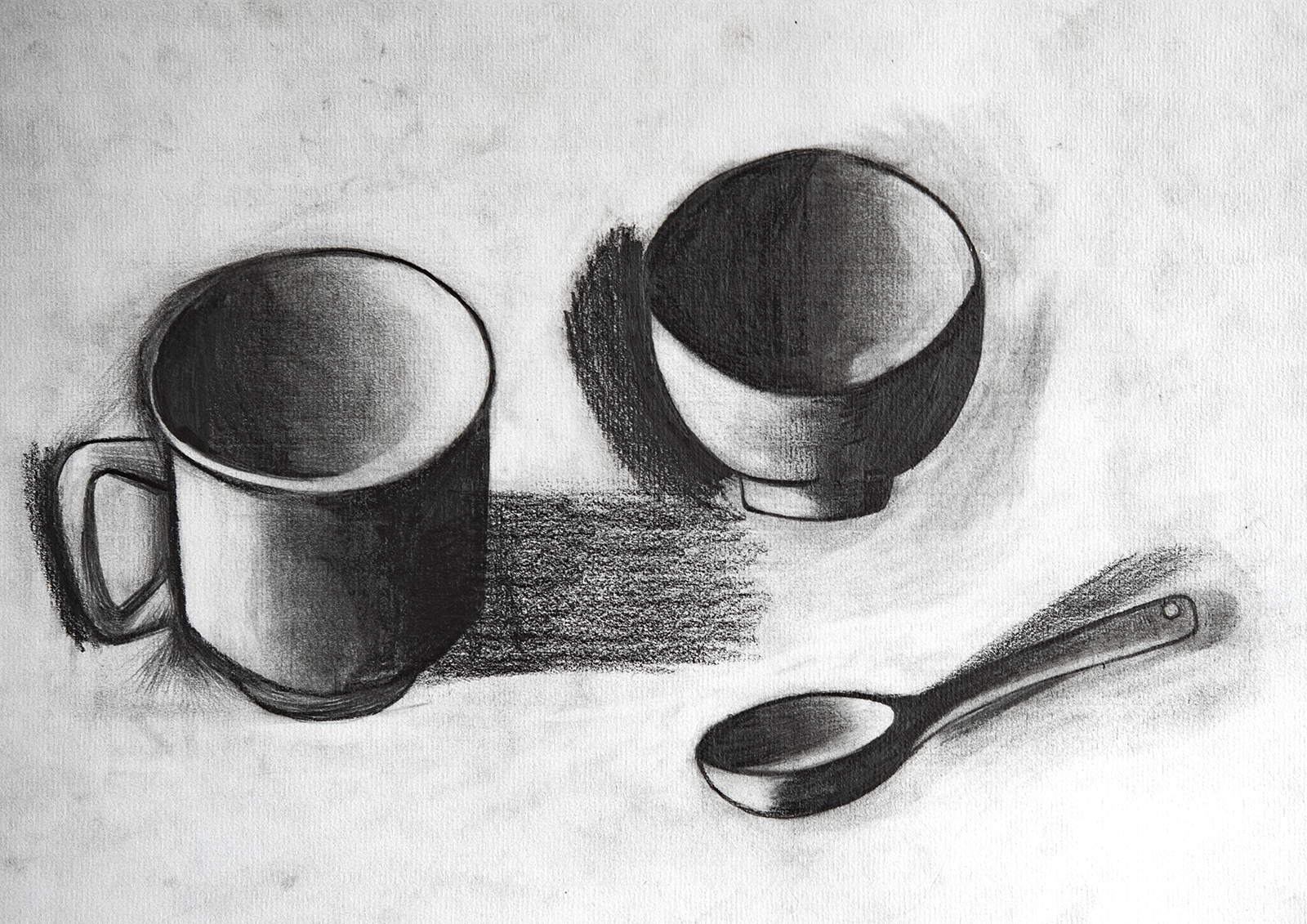
Here we see the good results of focused and well-specified didactics.
The student now possesses a much looser hand, has a much more mature, confident perception of space, and is able to observe and reflect more accurately in detail.
It is important to point out that for middle school students, they must achieve their goals through the use of empirical methods, so students can make mistakes and strive in finding solutions according to their own calculations and reasoning.
